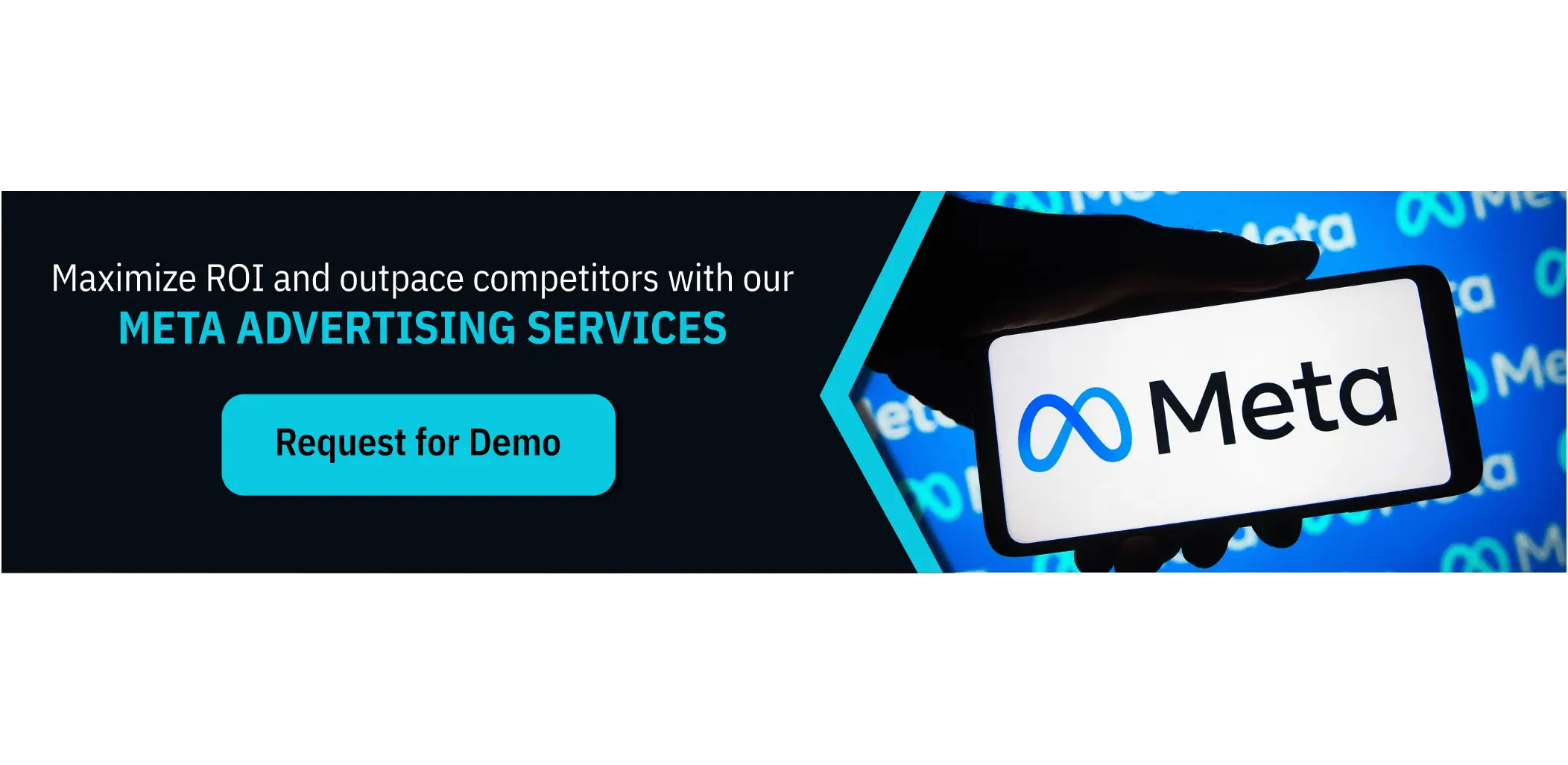Table of Contents
Introduction
Digital advertising has changed significantly in the past few years, especially since people are becoming more concerned about privacy. As platforms like Meta (formerly Facebook) try to find a balance between user privacy and good advertising, businesses need to be aware of these changes and be able to respond to them to maintain and improve the performance of their ads. After all, there are more than 10+ million active advertisers on Meta’s platforms! This blog talks about the most important changes to privacy, how they affect Meta ads, and how to navigate this new world.
The Landscape of Privacy Changes
Regulatory changes and evolving consumer expectations have catalyzed the emphasis on user privacy. Two major developments have been particularly influential:
- GDPR and CCPA: The General Data Protection Regulation (GDPR) in Europe and the California Consumer Privacy Act (CCPA) in the United States have set stringent rules on how companies collect, store, and use personal data. These regulations require businesses to be transparent about data usage and give users control over their personal information.
- Apple’s iOS 14.5 Update: Apple’s introduction of App Tracking Transparency (ATT) with iOS 14.5 requires apps to obtain explicit permission from users to track their activity across other apps and websites. This update significantly impacts the ability to collect data used for personalized advertising.
Impact on Meta Advertising
Meta, which relies heavily on data to deliver targeted ads, has faced substantial challenges due to these privacy changes. Here’s how:
- Reduced Data Availability: With fewer users opting into tracking, the data available for ad targeting and measurement has remained the same. This reduction affects Meta’s ability to deliver highly personalized ads and measure their effectiveness.
- Impact on Ad Targeting: Meta’s powerful targeting options, such as Custom Audiences and Lookalike Audiences, depend on detailed user data. The accuracy and reach of these targeting options have been compromised, making it harder to reach the intended audience.
- Changes in Attribution Models: Attribution, determining which ads lead to conversions, has become more complex. Meta has shifted to aggregated event measurement, which provides less granular data, complicating the attribution process and making it harder for advertisers to gauge campaign performance.
- Increased Costs: As targeting efficiency decreases, advertisers may experience higher costs per acquisition (CPA). Less efficient targeting means Facebook meta ads are shown to less relevant audiences, reducing overall ad performance and driving up costs.
Strategies to Navigate Privacy Changes
Despite these challenges, businesses can adapt their Meta-advertising strategies to continue driving results. Here are some effective approaches:
Embrace First-Party Data
First-party data—information collected directly from your customers—is more valuable than ever. Businesses should focus on gathering and utilizing this data to inform their advertising strategies. Methods to collect first-party data include:
- Website Analytics: Use tools like Google Analytics to understand user behavior on your website.
- Email Marketing: Collect email addresses through newsletters and promotions and use this data for Custom Audiences.
- Customer Surveys: Gather insights directly from customers about their preferences and behaviors.
Enhance User Experience to Encourage Opt-Ins
With the power shifting towards users, it is crucial to create a compelling value proposition for them to opt into tracking. This can be achieved by:
- Transparency: Clearly explain how data will be used to improve their experience.
- Incentives: Offer benefits such as discounts, exclusive content, or early access in exchange for tracking consent.
- User-Friendly Design: Ensure the opt-in process is straightforward and not intrusive.

Leverage Aggregated Data and Broad Targeting
With detailed targeting becoming less reliable, businesses can pivot to broader targeting strategies that rely on aggregated data. Meta’s machine learning algorithms can optimize ad delivery effectively even with broader targeting parameters. Utilize:
- Broad Interest Categories: Target ads based on broader interest categories rather than highly specific behaviors.
- Dynamic Ads: Use dynamic ads to automatically show the most relevant products to people who have expressed interest in your website, even with limited data.
YOU MAY ALSO LIKE: The ultimate guide to running effective Facebook ads
Focus on Creative Excellence
In an era of reduced targeting precision, compelling ad creatives are more critical than ever. High-quality visuals and engaging content can capture attention and drive action. Strategies include:
- Storytelling: Use narratives that resonate emotionally with your audience.
- A/B Testing: Continuously test different ad creatives to determine what works best.
- Interactive Formats: Leverage interactive ad formats like polls, carousels, and videos to engage users.
The Future of Meta Advertising
Digital ads will undergo further changes, and privacy issues will be at the top of the list. Businesses need to stay flexible and up-to-date as platforms and rules change. To excel at meta-advertising in this new age, you must use data creatively and fairly while keeping the user experience in mind.
Advancements in AI and Machine Learning
With less data available, artificial intelligence (AI) and machine learning will play a bigger role in improving ads. Meta will likely put a lot of money into these technologies to make it easier to target ads and track how well they’re doing without using much user data. These changes should be kept up to date by businesses and incorporated into their plans.
Increased Emphasis on Privacy-First Solutions
As digital advertising advances, privacy-first technologies and solutions like shared learning and differential privacy will become increasingly important. These technologies let data be used as a whole without compromising the privacy of individual users. It will be very important for marketers to understand and use these options.
Consumer Trust as a Competitive Advantage
Maintaining customers’ trust will give you a big edge over your competitors. Brands that prioritize openness, data protection, and user consent will not only follow the rules but also build strong customer relationships. When people trust each other, their ads work better and attract more people.
Evolving Metrics and KPIs
Businesses need to develop new key performance indicators (KPIs) to measure success, as click-through and conversion rates become less accurate due to limited data. Examples are company recognition, customer term value, and connection quality.
Conclusion
To deal with the privacy changes in Meta advertising, you must be smart and flexible. Businesses can continue to do well in this changing environment by focusing on first-party data, improving the user experience, using new technologies, and expanding the number of ad platforms they use. Meta advertising will go forward in a way that balances privacy and performance, making the digital world more reliable and useful.
As the world of digital advertising changes, it will be important to stay up-to-date and flexible. Businesses can ensure their Meta-advertising stays effective and legal by putting user privacy first and trying new things. This will lead to long-term growth and success.






